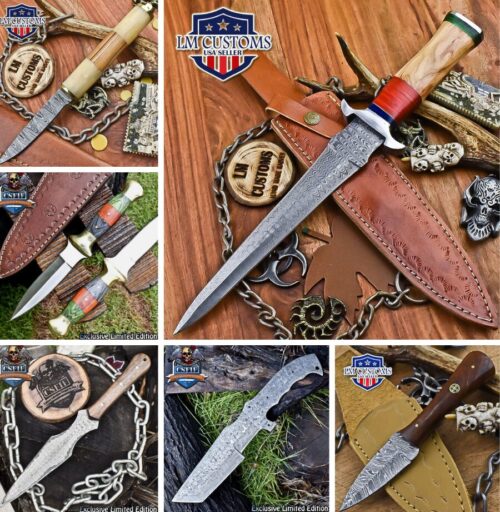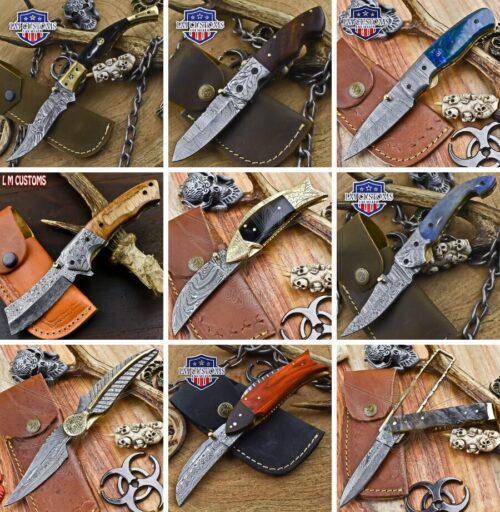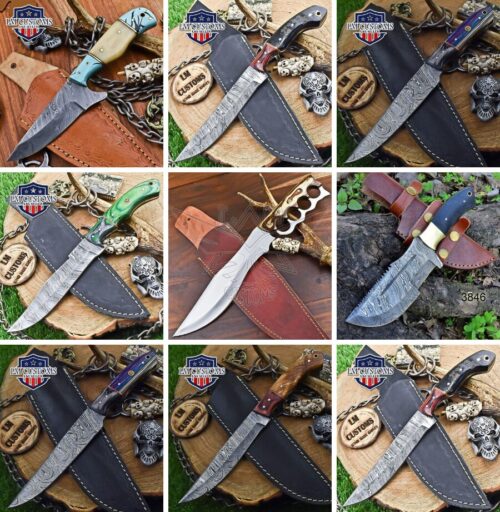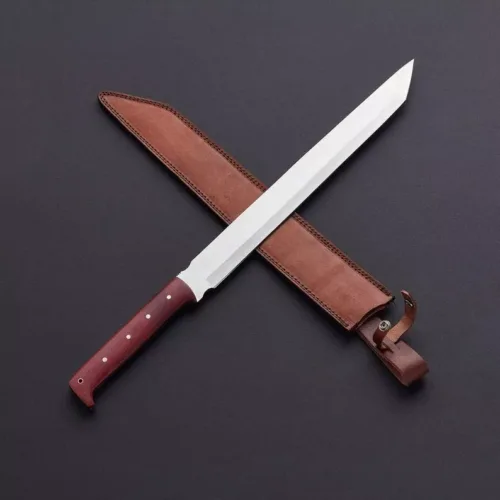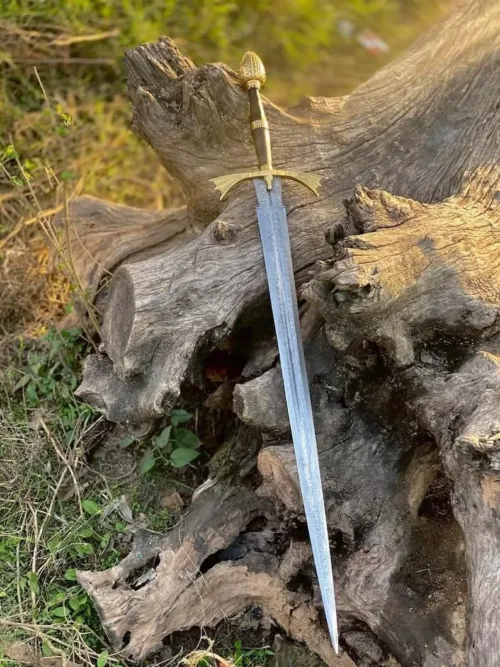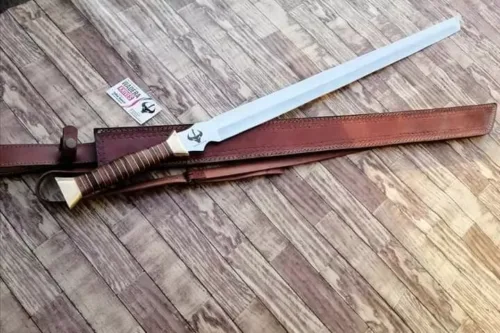The Sword Industry
in America
Swords have played a significant role in human history, symbolizing power, honor, and craftsmanship. In the United States, the fascination with swords extends beyond their historical significance, as there exists a thriving industry dedicated to crafting, collecting, and preserving these iconic weapons. In this article, we will delve into the world of swords in America, tracing their historical roots, exploring the modern sword industry, and providing essential cleaning tips to ensure your sword’s longevity.
The Historical Significance of Swords in United States of America
Swords hold a unique place in American history, particularly during pivotal moments like the Revolutionary War and the Civil War. These weapons were not only instruments of warfare but also symbols of rank and honor. As the nation’s history unfolded, so did the artistry and craftsmanship associated with sword-making. The development of the American sword-making industry is intrinsically tied to these historical milestones, with notable contributions from revered artisans and manufacturers.
Cleaning Tips
Regular Cleaning
After each use or handling, gently wipe the sword with a soft, clean cloth. This routine removes fingerprints, moisture, and oils that can cause corrosion.
Rust Prevention
To prevent rust, apply a thin layer of mineral oil or specialized sword oil to the blade. After application, wipe off any excess oil to avoid dust accumulation.
Hilt Care
Clean the sword’s handle and hilt with a damp cloth to remove dirt and grime. Avoid using harsh chemicals that may damage the handle materials or the blade.
Damascus Swords: The Artistry and Legacy in American Sword making
Damascus swords, renowned for their intricate patterns and exceptional craftsmanship, occupy a unique place in the world of swordmaking. These blades, characterized by their stunning watery patterns, have a rich history that extends across cultures and centuries. In the context of the American sword industry, Damascus swords represent a captivating blend of tradition and innovation. This article delves into the artistry and legacy of Damascus swords in American sword making.

The Artistry of Damascus Swords
Damascus steel, known for its distinct patterns resembling flowing water or organic lines, is achieved through a process of layering and forge-welding multiple types of steel together. The result is a blade that not only possesses exceptional strength and durability but also showcases a mesmerizing visual appeal.
1. Historical Significance: The origins of Damascus steel date back to ancient times, with a historical connection to the Middle East, India, and Persia. These blades were highly prized for their exceptional sharpness and ability to hold an edge.
2. Pattern Welding: The hallmark of Damascus steel is its unique pattern, created through the layering and manipulation of different steel alloys. The smith carefully folds and hammers the layers together, resulting in a distinctive and mesmerizing design.
3. Modern Interpretations: In contemporary American swordmaking, artisans have continued the tradition of crafting Damascus swords, often combining traditional techniques with modern innovations. These swords pay homage to the historical artistry while incorporating contemporary materials and design elements.
American Swordsmiths and Damascus Swords
The American swordmaking industry has seen a resurgence of interest in Damascus swords, with skilled artisans pushing the boundaries of creativity and craftsmanship.
1. The Modern Renaissance: In recent years, American swordsmiths have embraced the challenge of crafting Damascus blades, reviving ancient techniques and experimenting with new alloys. The results are stunning, with swords that are not only functional but also works of art.
2. Innovation and Experimentation: Some American swordmakers have pushed the boundaries of Damascus sword design by incorporating new materials and innovations. They might combine Damascus steel with modern handle materials or explore unique blade shapes and patterns.
3. Customization: Many American swordsmiths offer customization options for Damascus swords, allowing customers to choose the pattern, handle materials, and even engravings. This level of personalization ensures that each Damascus sword is a unique masterpiece.
Caring for Damascus Swords
The beauty and functionality of Damascus swords require proper care to ensure their longevity. Here are some key tips for maintaining these exceptional blades:
1. Cleaning: After use, wipe the blade clean with a soft, dry cloth to remove fingerprints, moisture, and any residue.
2. Oil Application: Apply a thin layer of mineral oil or specialized sword oil to the blade to prevent rust and protect the pattern. Wipe off excess oil to avoid attracting dust.
3. Display and Storage: When not in use, store your Damascus sword in a dry, cool place, away from direct sunlight and extreme temperatures. Consider using a protective scabbard or sword bag.
4. Periodic Maintenance: For professional cleaning and maintenance, consult an experienced swordsmith or restorer, especially if you own an antique or valuable Damascus sword.
In conclusion, Damascus swords represent a captivating fusion of artistry and craftsmanship, and their legacy continues to flourish in the American swordmaking industry. Whether you’re drawn to their historical significance, mesmerizing patterns, or contemporary interpretations, these blades are a testament to the enduring appeal of fine craftsmanship. By following proper care and maintenance techniques, you can ensure that your Damascus sword remains a treasured possession for generations to come.
